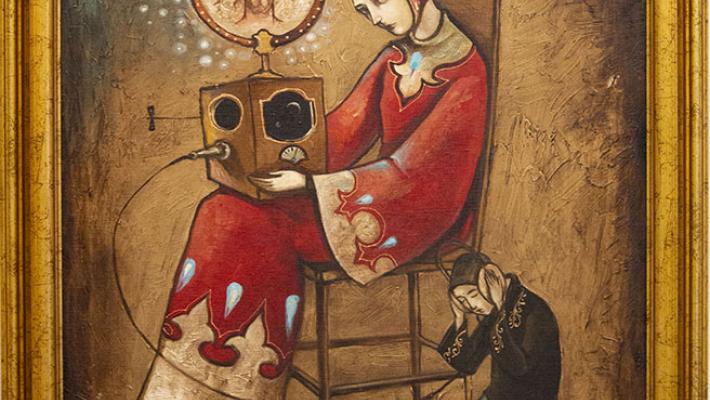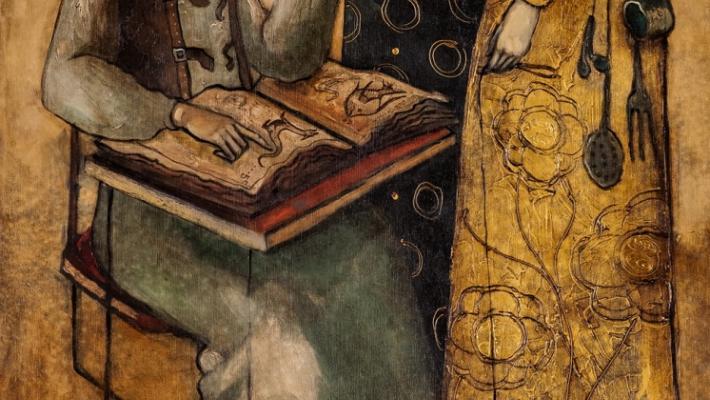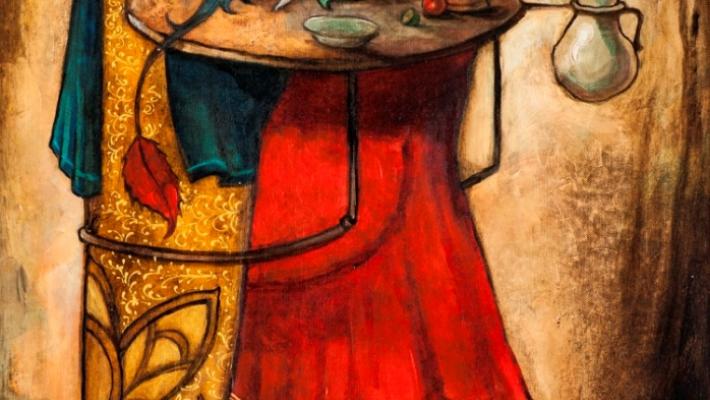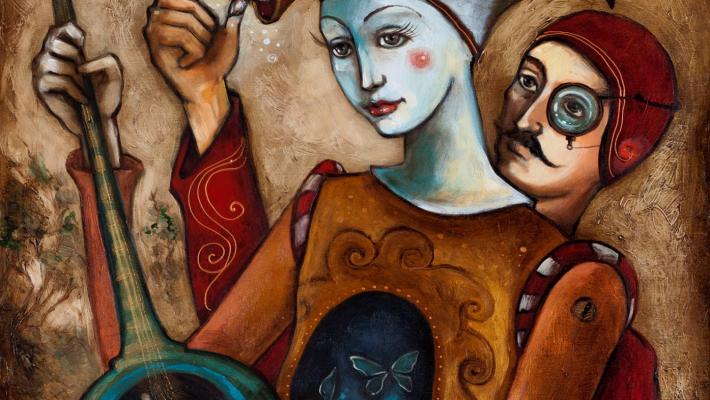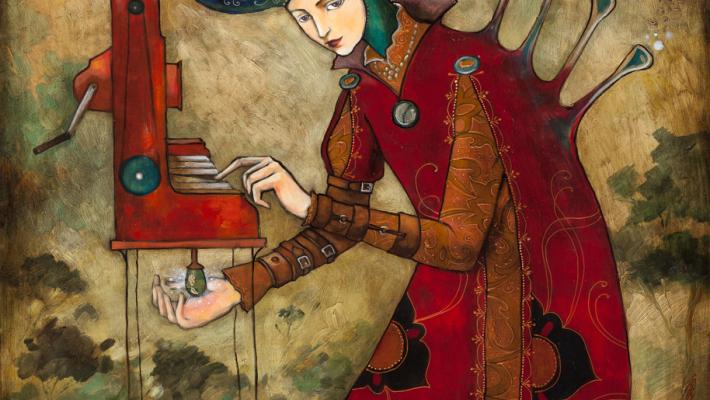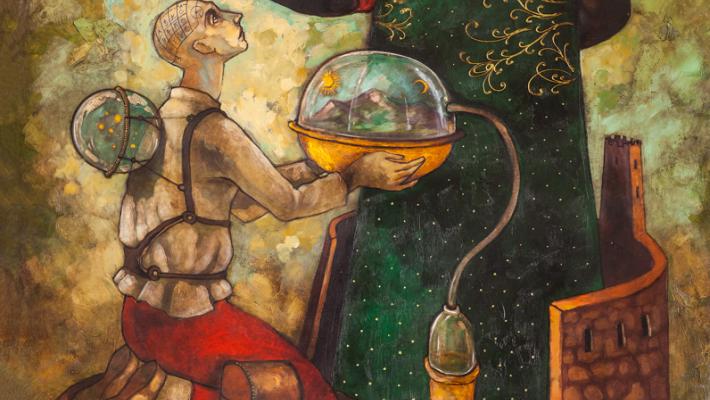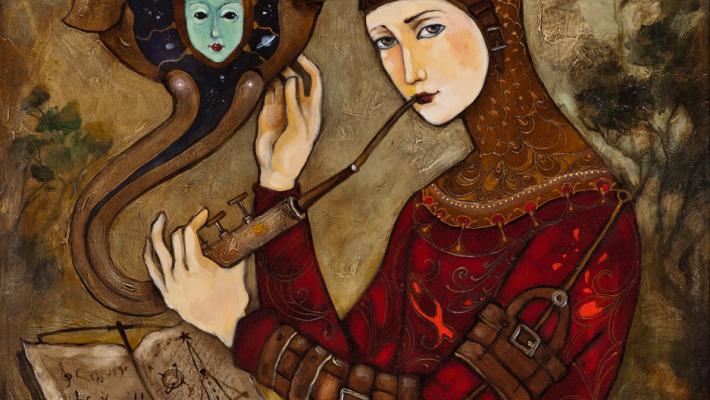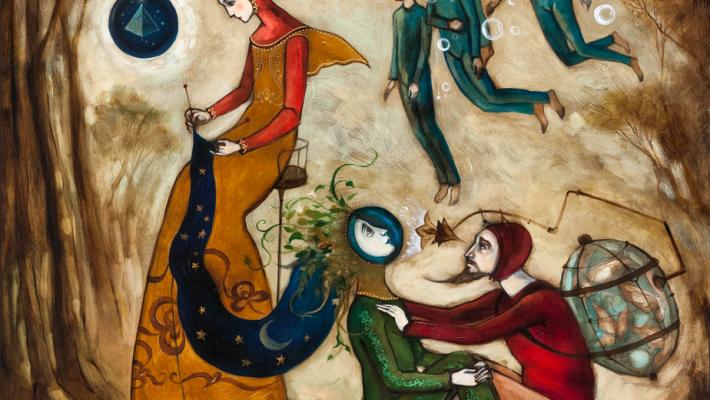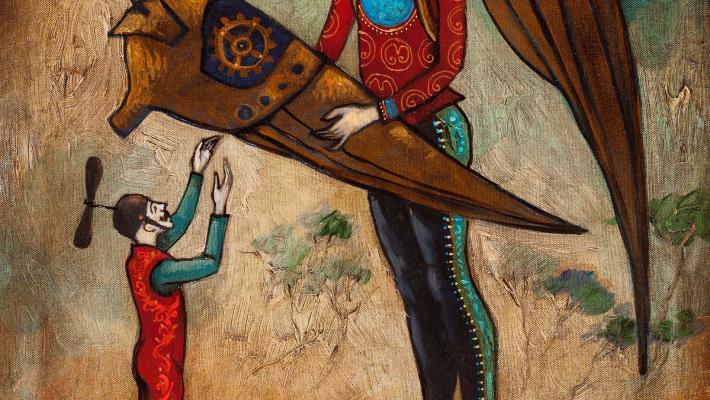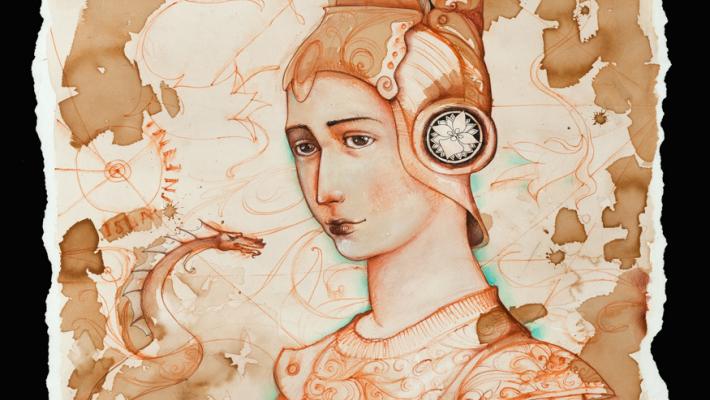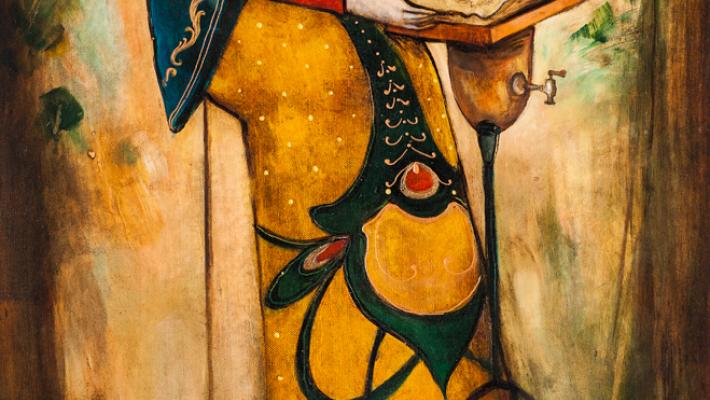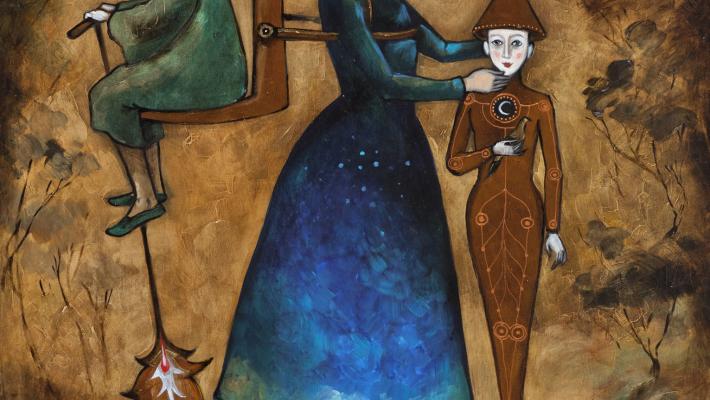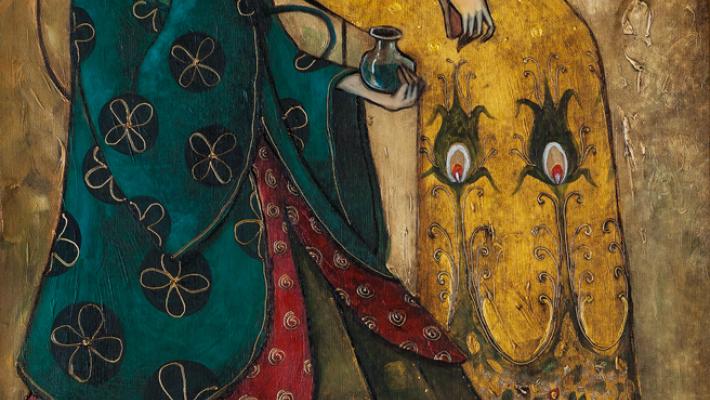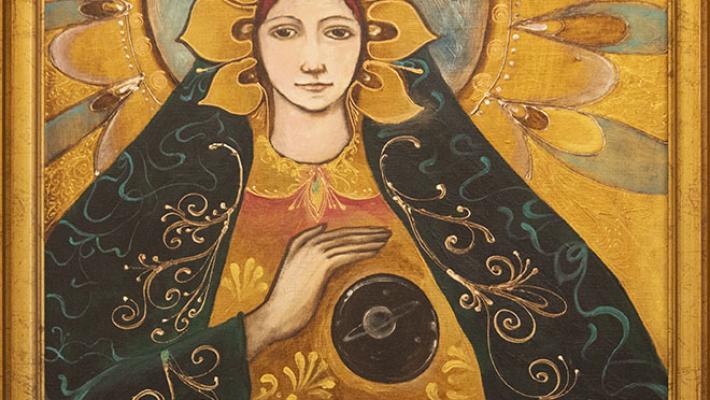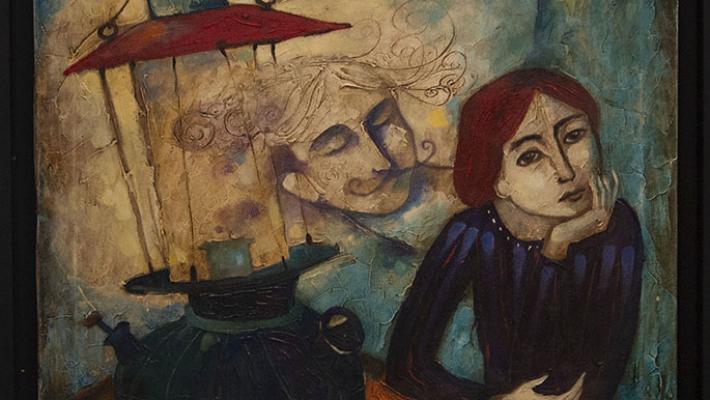Carlos Guzmán
Guzman's style crosses medieval and renaissance Europe more than Caribbean and multiracial Cuba, the ideas for most of the creations come from childhood, from lots of stories and family beliefs.
Many images are related to stories told by my peasant family with Spanish roots, and they were stories about witches, inventions to transform objects or substances, to turn stones into gold for example, or the supposed location of hidden treasures, he explained.
When we met at night, someone always touched on those subjects and talked about devices to facilitate the search for hidden fortunes, said this big boy that years and passions led to collect toys.
In his studio, near the intersection of Oficio and Obispo streets in Old Havana, the artist works surrounded by miniature trains, cargo trucks, fire trucks, cranes, buses, a helicopter and a shotgun that he did not manage to shoot during adolescence.
For Guzman, the machine is inseparable from man, which is why he includes in his works different artifacts such as clock pieces, radios, compasses, phonographs, old movie projectors, lanterns, washers and old instruments from physics and chemistry laboratories.
He assures, however, to be conscious of the transitory value of the material because when the human being travels to diverse spaces, his possessions do not have equal meaning for others.
Many objects, symbols or forms do not appear to the naked eye in his canvases, but Guzman's scenes push us to stop in a world where fantasy and past times, Renaissance adventures, naturalistic presuppositions and signs of Masonry are mixed without limits.
Compasses and magnifying glasses, eyes, old locks and keys, stars, suns and moons, share the space with butterflies, fish, horses, birds and flowers.





